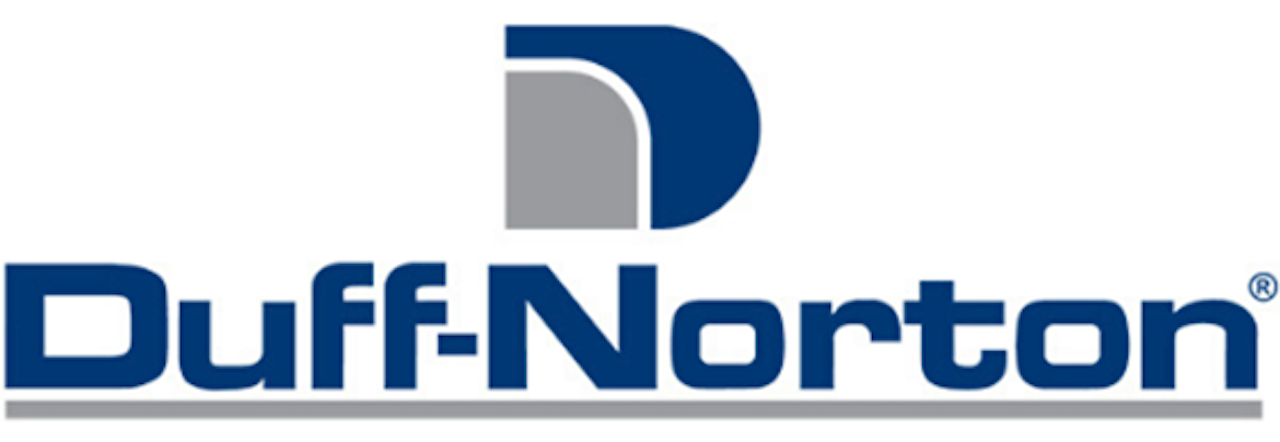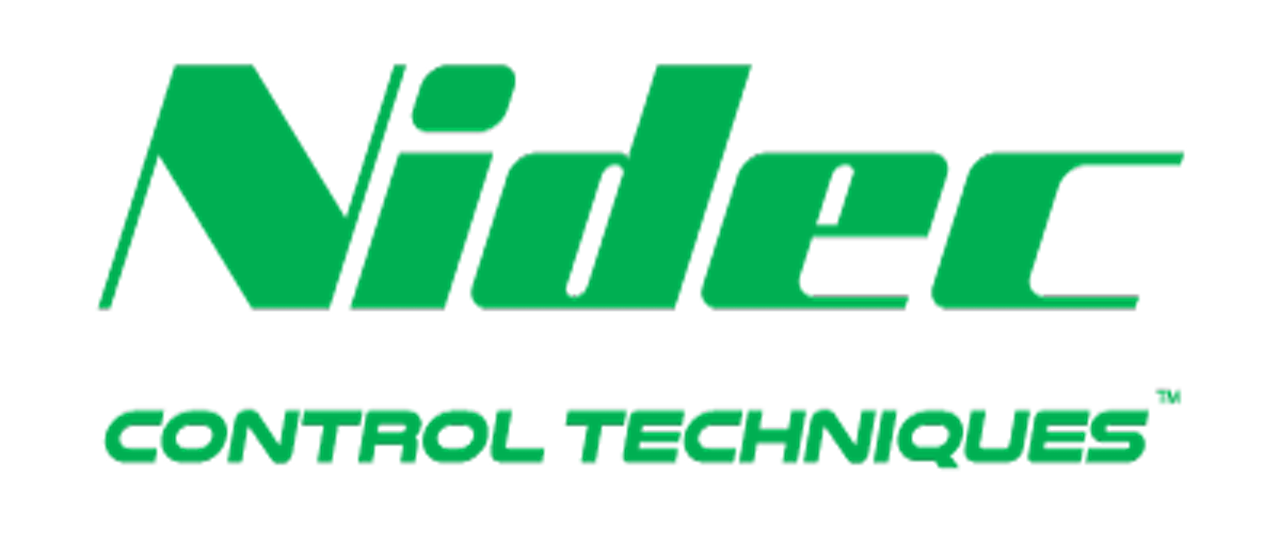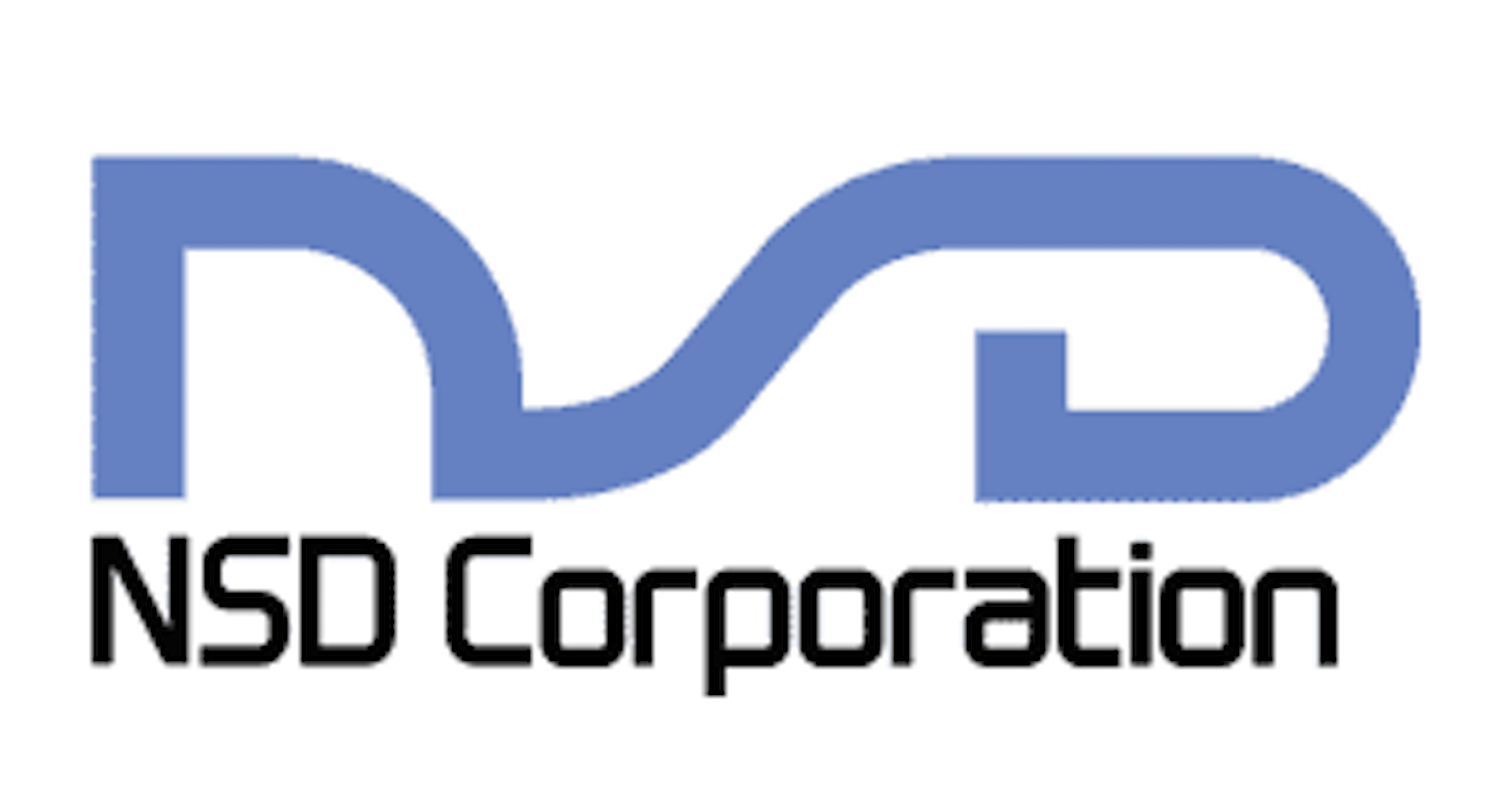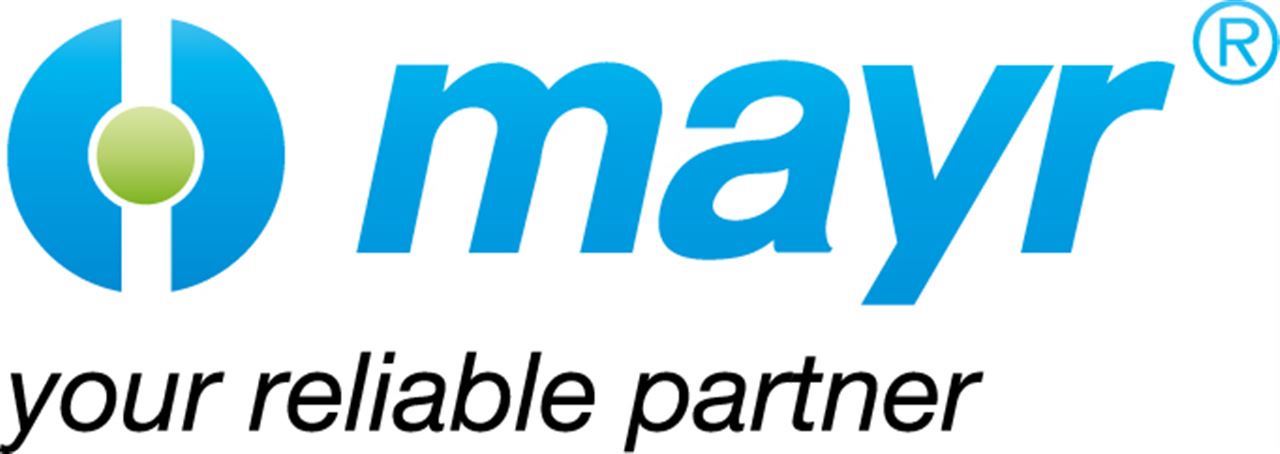Duff-Norton

About Duff-Norton
As a leading engineering manufacturer of reliable industrial lifting and positioning products, Duff-Norton is comprised of individuals with in-depth industry experience. Articles authored by Duff-Norton belong to a collection of blogs written by product and application experts throughout the organization.
Learn More About Duff-Norton Screw Jacks
Industrial screw jacks are used to lift, position (push, pull, tilt, roll, etc.) and support all kinds of loads. Some applications where our screw jacks have been used include plastics machinery, beverage bottling systems, aircraft assembly and paper production.
Duff-Norton’s collection of screw jacks ranges from mini screw jacks supporting up to 1,000 pounds to acme screw jacks with a capacity up to 350 tons and everything in between. Learn about our machine and ball screw jacks.
Ball Screw or Acme Screw: Which Do You Need?
Ball screws and acme screws are two of the most popular screw types in the motion industry. They are a part of the lead screw family and are used for generating linear motion using motorized power or a manual handwheel. These screws convert circular motion to linear motion by turning the screw with the nut fixed in place or turning the nut while the screw remains in place.
There are a wide variety of factors that influence the type of screw system selected. Ball screw systems are more efficient than acme screw systems. When comparing the two screw types at the same capacity level; ball screw systems require less horsepower to move the same load than do the equivalent acme screw systems. However, many acme screw systems are inherently load holding eliminating the need for a braking system, and also providing a broader selection of leads for precise positioning benefits.
In this article, we’ll explore the pros and cons of ball screws and acme screws and which is best for your linear motion needs.
Ball Screw
The ball screw assembly consists of a screw and a nut, each with matching helical grooves, and balls that roll between these grooves providing the only contact between the nut and the screw. As the screw or nut rotates, the balls are deflected into the ball return system of the nut and travel through the return system to the opposite end of the ball nut in a continuous path.
A benefit of ball screws is that they suffer minimal frictional loss because the nut and the screw don’t ever directly make content. This means that their output is 70 to 95 per cent efficient, which in turn means that linear actuators using ball screws have a much higher force, speed and duty cycle rating than their counterparts. The lower friction also decreases physical wear and tear, making them more cost-effective.
The big problem with ball screws, however, is the chance of it back driving due to low internal friction. This creates a safety concern for users of the linear actuator because it can’t hold its load in place when not in operation unless a braking system is being used.
Also, the price for a ball screw can be higher than an acme screw and the ball mechanism itself can be quite noisy.
Acme Screw
Acme screws use trapezoidal threads to roll onto the lead screw. As the shaft rotates and the rotary motor turns, the threads push the shaft nut forward or backwards depending on the direction of the rotating motion. This transfers the circular force of the motor into linear motion on the shaft.
These are the most common forms used for leadscrews as they offer high strength and ease of manufacture. They are typically found where large loads are required, as in a vice or the leadscrew of a lathe.
There are several advantages to using acme screws. Combined with a plastic acme nut, made from a high viscosity homopolymer with Teflon fibres, the acme screw will serve most industrial applications very well and will operate much more efficiently and quietly than their bronze counterparts, but do have lower load ratings. The bronze acme nut provides strong load ratings and excellent wear properties.
Whichever nut material you choose the acme screw system is generally preferred where vertical applications are concerned. Acme screws can also prevent back driving because of the inherent frictional force between the trapezoidal thread and the nut, thereby broadening the potential application opportunities. Not only is it safer for users to operate their linear actuator when the unit has a static load capacity to hold whatever weight is in place, but the acme screws also have a low operating noise as well as being much less expensive.
There are two drawbacks to using acme screws: low efficiency and a shorter life cycle. Because of the high frictional force between the nut and the acme screw thread, acme screws can only achieve 20-40 per cent efficiency depending on the material of the nut and the screw. While this prevents the unit from back driving, it also requires more motor torque to achieve the same force compared to ball screws. The resulting output is that a linear actuator using acme screws will have a lower force, speed and duty cycle rating.
Which screw is right?
Both acme screws and ball screws are widely used across many industries. It comes down to performance requirements and capabilities of the selected screw and nut assembly with regards to use for an application. Whether it’s low cost and no back drive or higher performance and longer lifespan, your application needs will determine your choice.
For more information on whether an acme screw or ball screw is right for your application, get in touch with one of our experts.
Discover the Benefits of Smart Actuators
Smart linear actuators combine intelligent solutions with robust machinery to enable easy installation, configuration, and operation so systems can get up and running quickly and perform reliably. By incorporating these intelligent capabilities, such as those available from a variable frequency drive (VFD) or electronic programmable limit switches (EPLS), smart actuators become easier to set up, operate, adjust, troubleshoot, and monitor.
What Is a Smart Actuator?
A smart actuator is an integrated actuator that includes onboard controls, communication capabilities, position control and feedback, and fault detection. This makes the actuator easy to install, use, program, and monitor while eliminating the need for external controls.
Equipped with integrated hardware and technology beyond those of a standard actuator, a smart actuator is robust enough to handle high duty cycle applications while bringing plug-and-play control to industrial material handling applications.
How Can You Benefit from Smart Linear Actuators?
Smart linear actuators combine intelligent solutions with robust machinery to enable easy installation, configuration,Smart_Actuator-0030_REV-NEWINTELLI.png and operation so systems can get up and running quickly and perform reliably. By incorporating these intelligent capabilities, such as those available from a variable frequency drive (VFD) or electronic programmable limit switches (EPLS), smart actuators become easier to set up, operate, adjust, troubleshoot, and monitor.
- Improved Control and Feedback: Integrated analogue and digital I/O can provide positioning feedback and enable precise position control via a programmable logic controller (PLC). As another operational option, Ethernet/IP connectivity can enable direct connection to a PLC, providing various control options and configurations to choose from when programming motion sequences. Utilizing a VFD, combined with an absolute position encoder, can result in precise motor movements that ensure products are moved safely and efficiently.
- Increased Productivity: A smart actuator improves duty cycles, extending the time an actuator can operate reliably. This ultimately increases production rates. VFD control also enables automatic soft starting and smooth ramp-up acceleration to prolong an actuator’s operational life.
- Simplified Programming: Smart actuators make it easy to program-specific parameters based on your application needs. For example, EPLS define specific stopping points, helping to provide greater precision and accuracy and increased ability to repeat motions as compared to actuators that use mechanical limit switches. Integrated VFDs and onboard control systems allow operators to program-specific motion patterns and adjust actuator speed to the optimal rate to match application needs.
- Quick and Easy Installation and Setup: Optional analogue and digital or Ethernet/IP communications allow a smart actuator to directly connect with a PLC or other control or monitoring system without any intermediary components. Other actuator configurations require a separate VFD or contactor control system housed in an external control panel.
What Applications Are Ideal for Smart Actuators?
Smart actuators are designed to provide reliable operation, enable precise motion control, and simplify applications, especially those that can benefit from automation technology. By incorporating VFD control into an actuator, operators gain the ability to program specific movement patterns with variable speeds, expanding the range of applications to which a smart actuator can be applied. Some of these include:
- Providing damper control for exhaust systems: actuators assist with adjusting a damper’s position while also providing feedback on its position
- Material handling, packaging, and sorting: smart actuators are used to move and divert products inside a plant to prepare them for distribution, storage, etc.
- Balancing loads on automated guided vehicles (AGV): controllability and feedback capabilities increase the reach of smart actuators for use on AGVs that move around a plant, receiving goods and transporting them to other production stages.
- Synchronizing lifting tables: smart actuators synchronize motion to ensure lift tables are at the appropriate height so workers can comfortably complete tasks.
- Controlling HVAC systems: smart actuators control, divert or stop airflow in facilities with mine ventilation systems, dust collection, chemical fumes, and more.
Essentials Platform Screw Jack
The Essentials Platform Screw Jack is a robust, cost-effective solution developed with safety in mind. The limited screw lengths and options make this screw jack easy to specify and configure. Learn more and request a quote for your application!
Essentials Platform Actuators - 1/8-to-10-ton load capacity. Establishing a strong foundation. The new Essentials Platform is built on Duff-Norton’s history of reliable products and provides customers with cost-effective options to meet their fundamental needs.
FEATURES AND BENEFITS
- COST-EFFECTIVE
Robust, cost-effective solution for use in many applications
- COMPATIBILITY
Drop-in compatibility with many competitors' screw jacks - refer to pages 5 - 7 in the Essentials Platform Design Guide for bolt pattern drawings
- PRECISION
Precision gearing and ACME screw construction limits backlash to a max of .015 inches
- STREAMLINED OPTIONS
Limited screw lengths and options make the Essentials Platform easy to specify and configure
- SAFETY
Developed with safety in mind - The minimum column strength of the screw is 2x higher than the screw jack’s lifting capacity. All reported column strengths are for a 6-inch screw length in a fixed-free arrangement.





